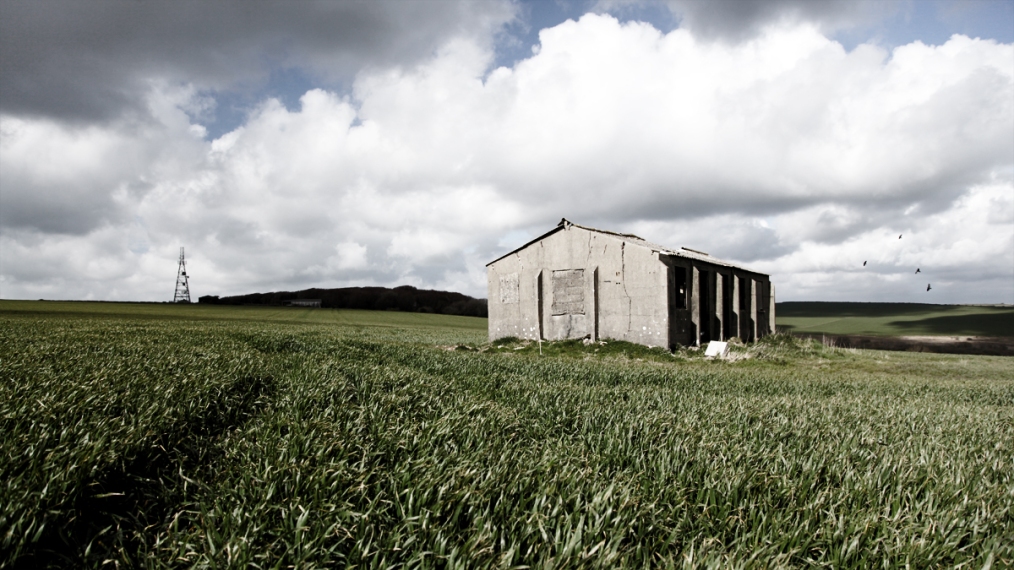Being quite a local building, I have had my eye on this for a while and have been waiting for the weather to turn and bring an element of drama to the landscape. The typical April weather of storm clouds and bright sunshine felt like a perfect chance to capture this. I only had a few seconds to capture this before the light went again
With more modern technologies and farming practices, this outbuilding has become redundant and sits in contrast to the telecommunication pylon at the edge of the field. With the roof half caved in and heavy cracks forming in the concrete fins, this building serves as a landmark in the vast crop field and as a permanent home to a flock of crows that occasionally take flight on the wind.































